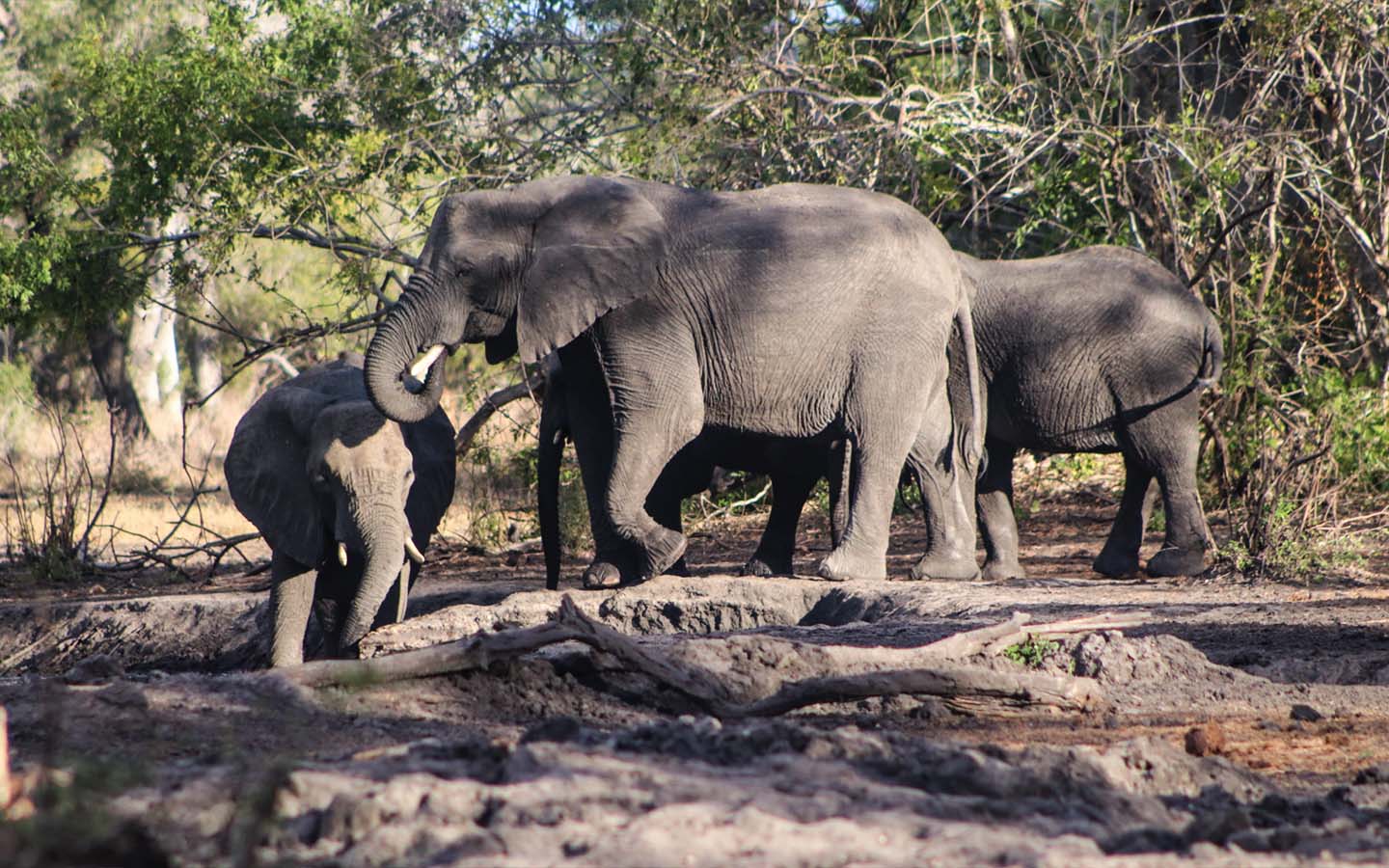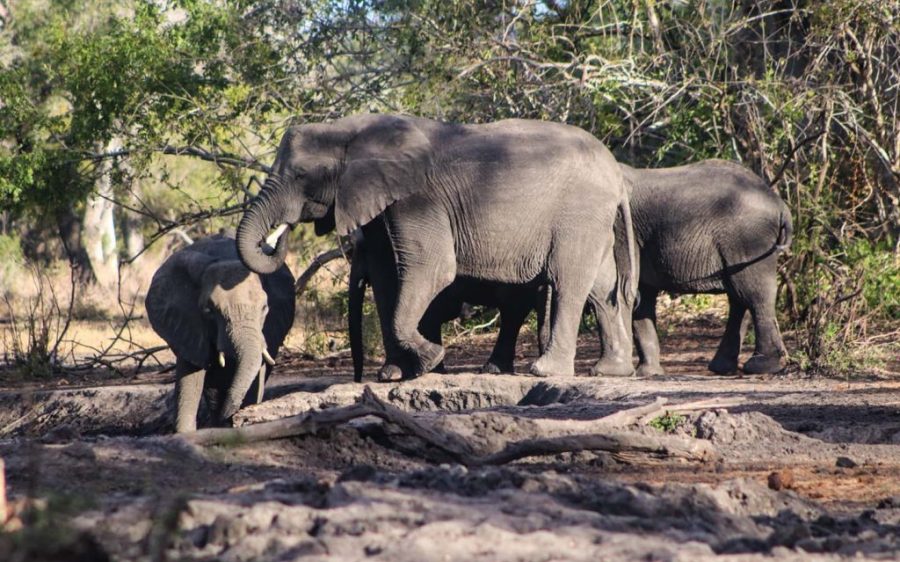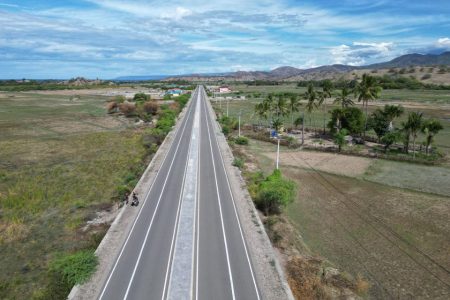Mozambican national parks and conservation areas have received over 1,400 animals in recent years, including elephants, lions and rhinos, from neighbouring South Africa.
Hyenas, leopards and African buffalo also number among the 1,416 animals brought into Mozambique, which has adopted measures to protect the animals, such as an anti-poaching operations coordination centre and a monitoring system.
Zinave National Park, located in the Mabote District of southern Inhambane Province, has become the first park in Mozambique to house the African “big five”: elephants, lions, leopards, hippopotamuses and rhinos.
[See more: Growing elephant numbers create challenges for Mozambican national park]
Mozambique is now home to 12 national parks and protected areas, with 5,500 species of flora and 4,271 species of terrestrial fauna. But a war for independence, followed by decades of bloody civil war, devastated the country’s wildlife and existing parks. Many animals were hunted for food or poached for money and national parks were littered with rusted traps more than a decade after the civil war ended in 1992.
Poaching has dropped dramatically since the war years, when around 90 percent of elephants were killed for their ivory. Yet the scars of conflict remain, most notably in the proliferation of tuskless female elephants, an adaptation that preserves the matriarchal line that guides the herd at the expense of male elephants, for whom the genetic trait is fatal.
Concerted efforts by the Mozambican government in recent years, though, have dramatically shifted the situation on the ground. Gorongosa’s elephant population recently exceeded its capacity and Zinava has established a breeding population of rhinos, leading both parks to consider translocating their own animals to benefit other parks in Mozambique.






